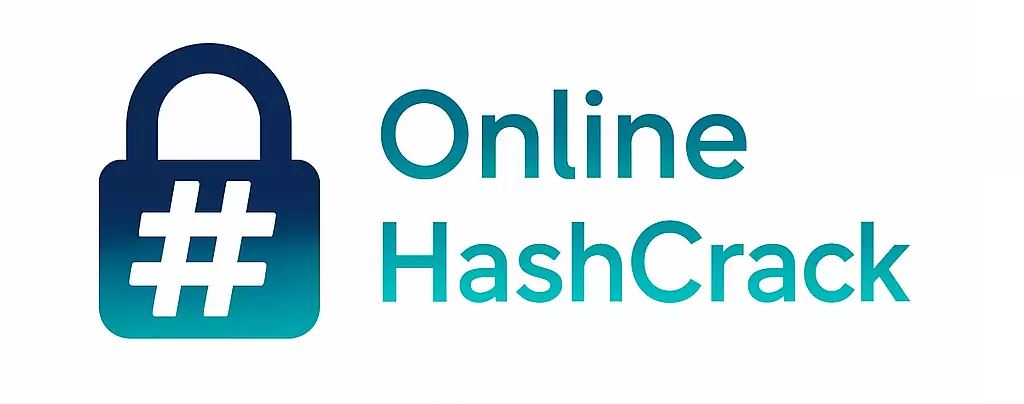Intro
In the evolving landscape of cybersecurity, the rise of social engineering attacks stands out as a pressing concern, especially in the context of the increasing trend of remote work.
These attacks, which manipulate human psychology to gain unauthorized access to information or systems, have seen a marked increase both in frequency and sophistication.
With remote work blurring the traditional boundaries of organizational security, these attacks pose unique challenges.
Understanding the nature, indicators, and defense mechanisms against such threats is crucial for organizations and individuals navigating this digital era.
Experience Seamless Connectivity with Comcast Xfinity - Your Gateway to Entertainment and Speed!
Phishing Attacks: The Pervasive Threat
In the digital age, where data is the new currency, phishing attacks have emerged as a favored tool in the arsenal of cybercriminals.
These deceptive maneuvers are designed to steal sensitive information by masquerading as trustworthy entities in electronic communications.
With the shift towards remote work, the risk posed by these attacks has escalated significantly.
Remote workers, often operating outside the fortified cyber defenses of an office environment, become prime targets.
As phishing attacks grow more sophisticated, blending seamlessly into everyday communications, the challenge to identify and combat them becomes increasingly complex.
This section delves into the nature of phishing attacks and their common indicators, equipping individuals and organizations with knowledge to better defend against these insidious threats.
Common Indicators Of Phishing
Phishing schemes often exhibit certain characteristics that can serve as red flags.
Firstly, they typically create a sense of urgency or fear, pressuring the recipient to act quickly. This could be in the form of a threat to account security or an enticing offer that expires soon. Secondly, phishing attempts usually involve suspicious links or attachments.
These links often lead to counterfeit websites designed to steal personal information. Thirdly, phishing emails or messages often contain unusual sender addresses or blatant typos and grammatical errors, signaling a lack of authenticity.
Furthermore, these attacks often mimic the style and tone of legitimate organizations but usually fail to perfectly replicate them.
There may be subtle discrepancies in the logo, email format, or the way the communication is worded.
Lastly, requests for sensitive information, such as passwords or financial details, which legitimate entities rarely ask for via email or text, are a clear indicator of a phishing attempt.
Understanding these signs is crucial in today's digital landscape, where remote workers are increasingly targeted due to their physical separation from the traditional, more secure office environment.
The Evolution Of Phishing Techniques
As technology advances, so do the methods used by cybercriminals in phishing attacks.
Traditional phishing has evolved into more sophisticated forms, such as spear phishing, where attacks are highly personalized to target specific individuals, and whaling, which aims at high-profile targets like executives.
The use of social media platforms for phishing, known as angler phishing, has also increased, exploiting the informal nature of these platforms.
Another rising trend is smishing, which uses SMS texts for phishing, exploiting the high open rates of text messages. These evolving techniques highlight the need for continual vigilance and updated security protocols.
Prevention And Response Strategies
Protecting against phishing requires a multi-faceted approach.
Educating employees about the signs of phishing and establishing a culture of security awareness is foundational.
Implementing robust technical defenses, such as email filters, anti-malware tools, and secure authentication methods, provides an additional layer of protection.
Organizations should also have clear protocols for reporting suspected phishing attempts. In the event of a successful attack, a rapid response is crucial to mitigate damage.
This includes isolating affected systems, changing compromised credentials, and notifying affected parties.
Continuous improvement of security practices in response to evolving phishing techniques is essential for resilience against these threats.
Strengthening Cloud Security In 2024
As organizations increasingly adopt a cloud-first approach, managing security in cloud environments has become a pivotal concern.
In 2024, the focus on cloud security intensifies with the rise of network monitoring challenges, data protection, identity, and access management.
Innovations and shifts in cloud security culture are expected to further fortify data protection.
This section explores key aspects of cloud security, emphasizing emerging trends and strategies to safeguard digital assets in the cloud.
Cloud Password Testing & Recovery Services
The significance of password security in cloud environments cannot be overstated.
With the majority of data breaches involving weak, stolen, or compromised credentials, the focus on robust password policies and recovery mechanisms is paramount.
Cloud Password Testing & Recovery Services have become essential tools in ensuring that passwords are secure and recoverable.
These services not only aid in retrieving lost passwords but also in testing password strength and resilience against common attack methods.
As we move deeper into 2023, the reliance on these services is expected to grow, reflecting the increasing complexity of cyber threats and the critical nature of password security in cloud infrastructures.
Embracing Zero Trust Architecture
Zero trust architecture, a methodology that removes the need for users to consent before sharing information, is gaining traction.
It is based on the principle of "never trust, always verify," ensuring that every access request is authenticated, authorized, and continuously validated.
The adoption of zero-trust policies is set to rise, with the market for zero trust security projected to reach $59.69 billion by 2027.
This approach is instrumental in fortifying cloud environments against unauthorized access and data breaches.
The Rise Of Cloud Security As A Service (CSaaS)
Cloud Security as a Service (CSaaS) is an emerging trend where security services are delivered remotely, providing a flexible platform for companies to protect their data in the cloud.
CSaaS enables businesses to deploy security mechanisms such as data encryption and access monitoring, and to enforce policies governing user access.
The increasing adoption of cloud technologies is driving the demand for CSaaS, making it a key trend to watch in 2023.
Conclusion
The escalation of social engineering threats, particularly phishing attacks, in the era of remote work highlights a critical need for heightened cybersecurity vigilance.
As remote work erases traditional security perimeters, organizations must adapt by recognizing the evolving nature of these threats and implementing comprehensive prevention and response strategies.
The expansion of cloud technologies further underscores the importance of robust cloud security measures, including Cloud Password Testing & Recovery Services, Zero Trust Architecture, and Cloud Security as a Service (CSaaS).
These measures are not merely optional but essential in safeguarding sensitive data and maintaining trust in our increasingly digital world.
As we advance through 2023 and beyond, the focus on these security paradigms will play a pivotal role in defending against the sophisticated cyber threats of the modern era, ensuring that organizations and individuals can navigate the digital landscape with confidence and security.

